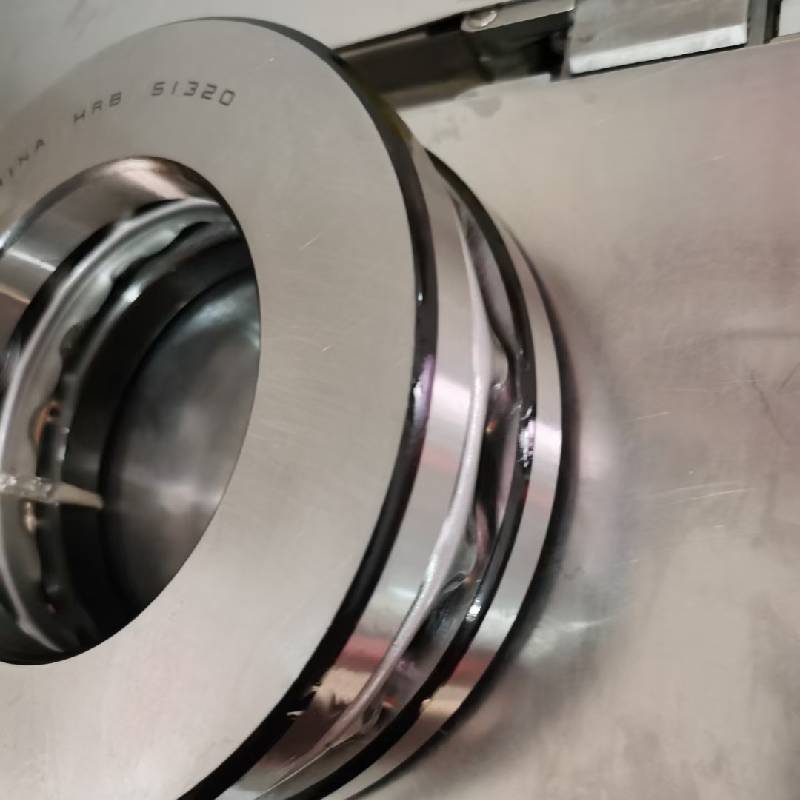
Dec . 04, 2024 16:07 Back to list
6302 2rs bearing dimensions
Understanding 6302 2RS Bearing Dimensions
Bearings are essential components in various mechanical systems, providing support, reducing friction, and enabling smooth rotation. One commonly used type of bearing is the 6302 2RS bearing. In this article, we will delve into the dimensions, specifications, and applications of the 6302 2RS bearing, as well as its importance in machinery.
What is a 6302 2RS Bearing?
The 6302 designation indicates a specific type of deep groove ball bearing. The 2RS suffix signifies that the bearing is equipped with rubber seals on both sides, which helps in retaining lubrication and preventing the entry of dirt and moisture. This makes the 6302 2RS bearing particularly suitable for applications where environmental contaminants are a concern.
Dimensions of 6302 2RS Bearing
The dimensions of the 6302 2RS bearing are standardized and essential for ensuring compatibility with other components in mechanical assemblies. The key dimensions are as follows
- Inside Diameter (ID) 15 mm - Outside Diameter (OD) 42 mm - Width (W) 13 mm
These measurements conform to the ISO standards, making the 6302 2RS bearing a widely accepted choice across various industries.
Load Ratings
Load ratings are critical when selecting a bearing for specific applications. The 6302 2RS bearing has dynamic and static load ratings that define how much load the bearing can support while maintaining its functionality. The dynamic load rating (C) is typically around 13,000 N, while the static load rating (C0) is approximately 6,400 N. Understanding these values helps engineers select the right bearing for their mechanical requirements, ensuring durability and performance.
Rotational Speed
The 6302 2RS bearing is capable of handling moderate to high-speed applications. The permissible speed at which the bearing can operate largely depends on the type of lubrication and operating conditions. For grease lubrication, the maximum operating speed can reach around 15,000 RPM. It is crucial to consider these parameters to prevent overheating and potential bearing failure.
Applications
Due to its robust design and versatile dimensions, the 6302 2RS bearing finds a wide range of applications across multiple industries. Some of the most common applications include
6302 2rs bearing dimensions

1. Electric Motors The 6302 2RS bearing is frequently used in electric motor assemblies, where it supports rotor shafts while minimizing friction.
2. Automotive This bearing type is commonly employed in various automotive components such as wheel hubs, alternators, and transmission systems.
4. Industrial Machinery In manufacturing and production environments, the 6302 2RS bearing is used in conveyors, pumps, and other machinery due to its durability and reliability.
5. Agricultural Equipment Equipment such as tractors and harvesters often rely on the 6302 2RS bearings to ensure smooth operation in rough environments.
Advantages of 6302 2RS Bearings
The 6302 2RS bearing offers several advantages that make it a preferred choice in various applications
- Sealed Design The rubber seals provide excellent protection against dust, moisture, and other contaminants, extending the bearing's service life.
- Low Friction The deep groove design allows for smooth operation and reduced friction, resulting in lower energy consumption and heat generation.
- Versatility This bearing can accommodate both radial and axial loads, making it suitable for diverse applications.
- Easy Maintenance The sealed design means that the bearing requires minimal maintenance compared to open bearings, providing convenience and efficiency.
Conclusion
The 6302 2RS bearing is a versatile and widely used component in mechanical systems, known for its reliability, durability, and effectiveness in various applications. Understanding its dimensions, load ratings, and suitable applications can help engineers and designers make informed choices when selecting bearings for their projects. Whether in automotive, industrial, or household settings, the 6302 2RS bearing plays a crucial role in ensuring the smooth operation and longevity of machinery.
Latest news
-
Premium Deep Groove Ball Bearings | High Speed & Reliability
NewsAug.29,2025
-
Durable Scaffolding Clamps - Secure & Reliable Tube Connectors
NewsAug.28,2025
-
Common Failures in Thrust Ball Bearings and Solutions
NewsAug.22,2025
-
How Tapered Roller Bearings Can Take Shock Loads
NewsAug.22,2025
-
Angular Bearings in High-Precision Spindles
NewsAug.22,2025
-
The Impact of Misalignment on Cylindrical Roller Bearing Performance
NewsAug.22,2025
